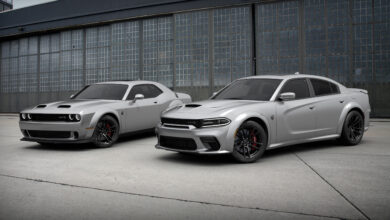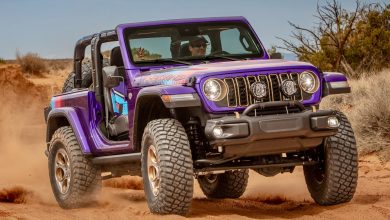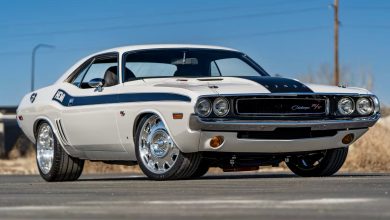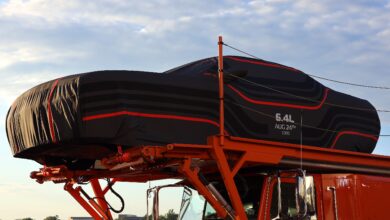For almost two decades, the SRT nameplate has brought some of the most outrageous performance machines out of the company that was formerly known as Chrysler Corporation. Today, it is common to see a 797 horsepower Challenger SRT HELLCAT Redeye in your local showroom, but a decade ago when Dodge relaunched the Challenger nameplate the most power you could get from the modern-day muscle car, was 425 horsepower from a 6.1-liter HEMI V8. At the time it seemed crazy, that modern cars were making the same amount of power as their 1960s and 1970s counterparts.
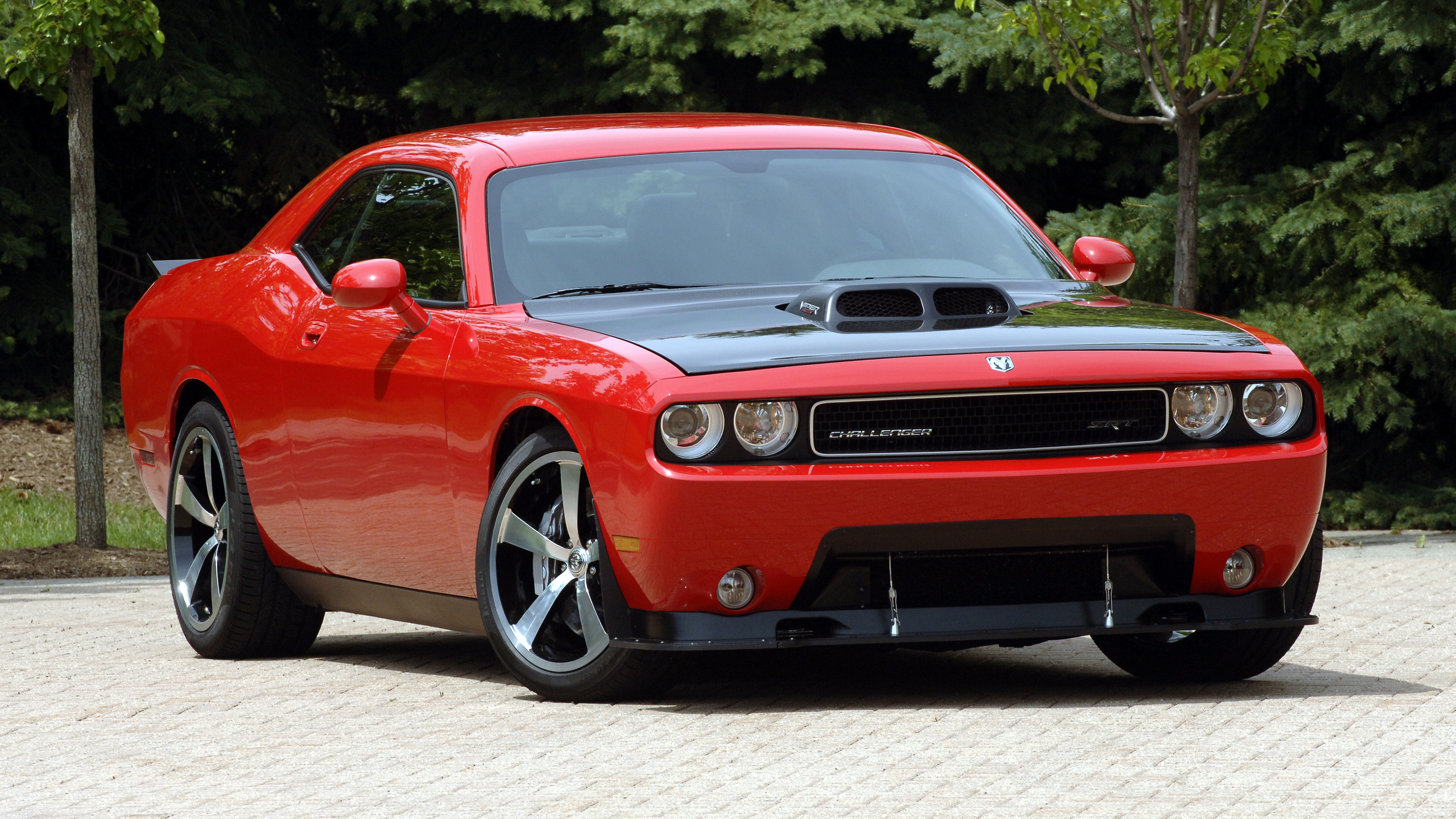
But long before the 707 horsepower SRT HELLCAT graced our presence in the 2015 model year, the SRT team was working on another high horsepower project for the Challenger. Enter the 2009 Dodge Challenger SRT-10 Concept.
SRT’s formula was simple, ditch the 425 horsepower 6.1-liter HEMI V8 in favor of the 600 horsepower and 560 lb.-ft of torque from the Dodge Viper’s all-aluminum 8.4-liter V10 and back it with the bulletproof Tremec TR-6060 six-speed manual transmission. It was a crazy idea, yet it made for an amazing package. Using the gear ratios from the Viper SRT-10, the Tremec TR-6060 routed torque through a single-piece, four-inch steel drive shaft to an all-aluminum differential with a 3.73:1 final drive and torque-sensing limited-slip.
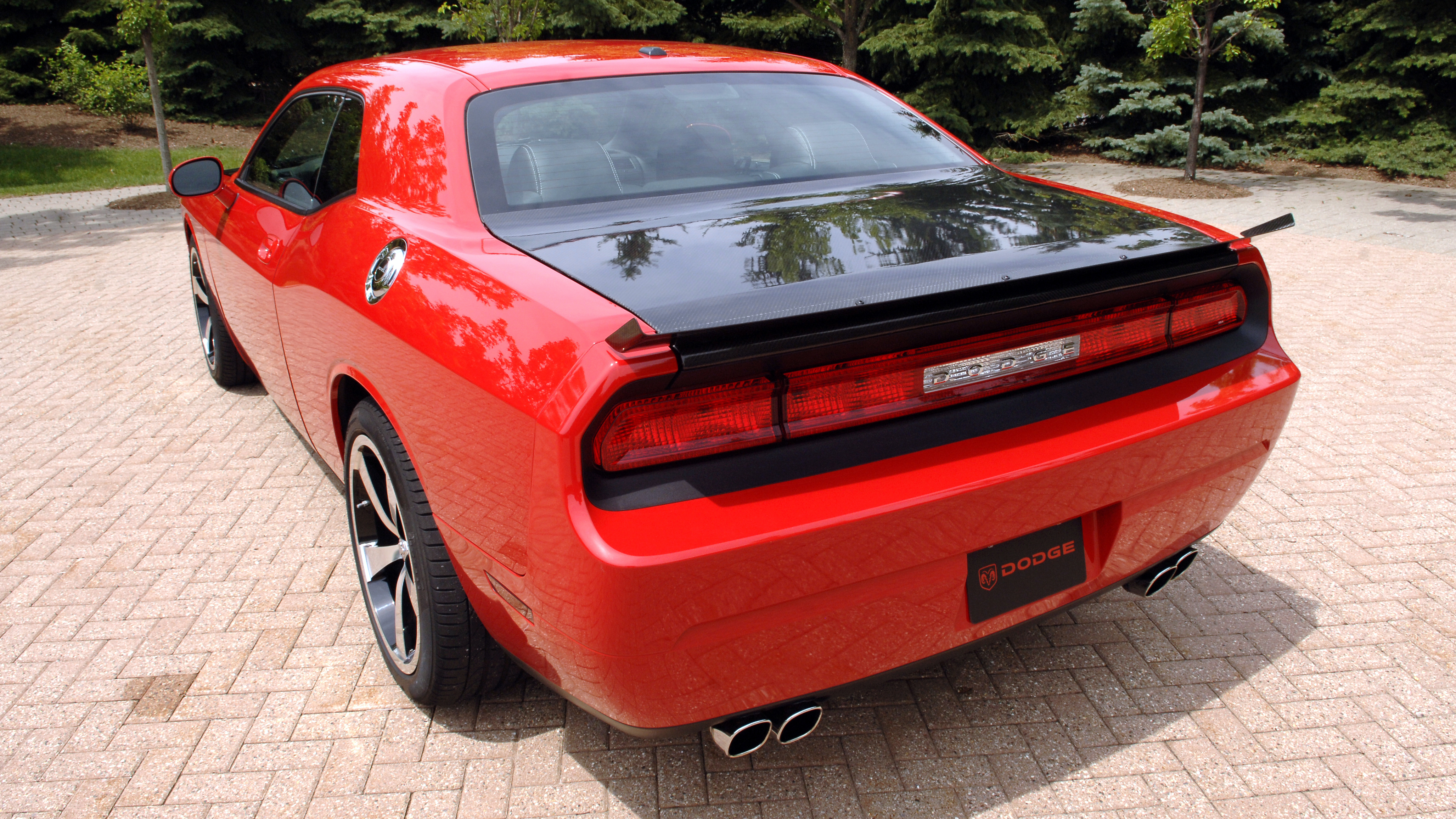
But SRT engineers wanted to make sure the Challenger could not only have a straight-line performance with the massive 8.4-liter Viper V-10 under the hood, but they wanted to make sure it could corner as well. Engineers significantly re-tuned version of the 2009 Dodge Challenger SRT-8 suspension, featuring a multi-link short- and long-arm (SLA) front suspension with BILSTEIN® mono-tube shocks at all four corners. The front suspension cradle combines hydroformed steel tube side rails with a stamped box section lateral member to provide the appropriate level of stiffness. The stiffness is tuned to avoid the transmission of noise, vibration, and harshness (NVH) into the passenger compartment.
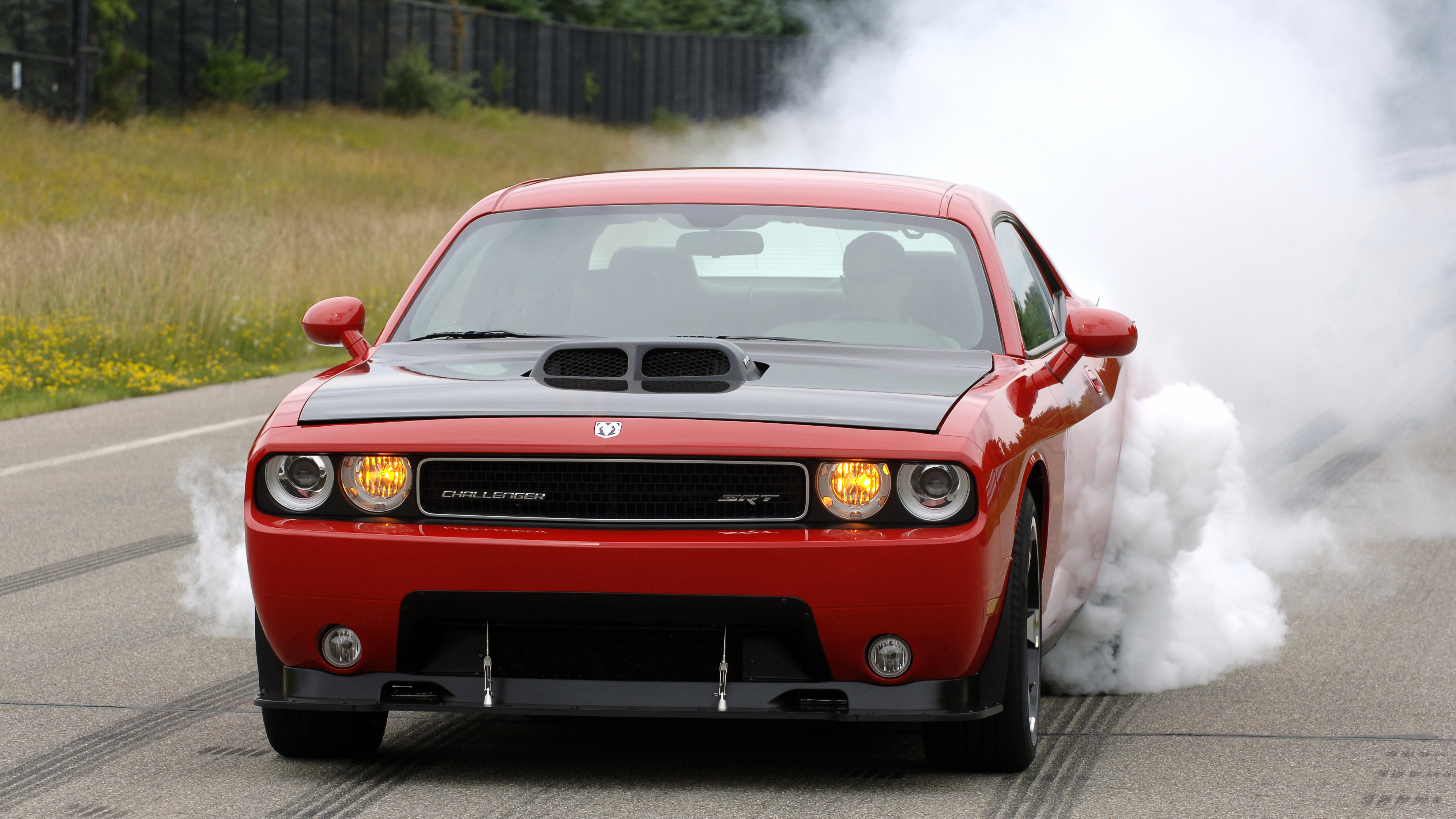
In the rear, a five-link independent suspension (IRS) with 20% stiffer spring rates and a larger rear sway bar offers a better ride by allowing for independent tuning of the ride and handling characteristics. Multiple links maintain independent control of the camber and toe during suspension movement. Lower unsprung mass offers a better ride and the de-coupling of left and right wheels over road imperfections maintains better tire contact with the ground and results in better ride comfort. Multiple bushings in the IRS offer the flexibility to tune for ride and comfort. In addition, stabilizer bar attachments to the knuckles provide maximum response to vehicle lean.
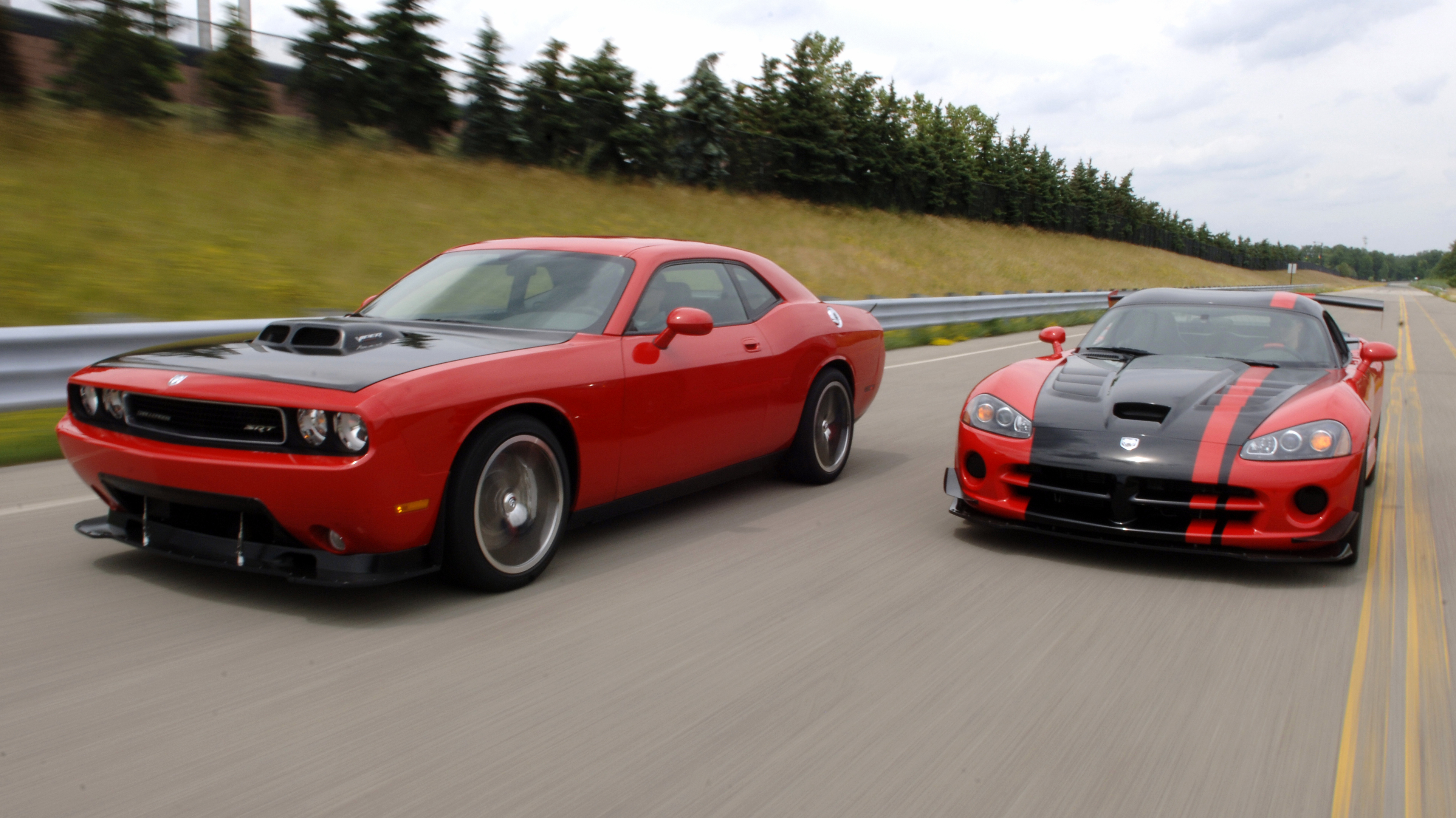
The team then put the car on unique 20-inch x 9-inch and 20-inch x 10-inch fully-forged Alcoa aluminum wheels wrapped with Pirelli P-Zero 275/35R20 tires in the front and Pirelli P-Zero 275/40R20 in the rear. Hidden behind the Alcoa wheels were silver painted Brembo fixed calipers that featured six pistons in front and four pistons in back. Two-piece 390mm vented rotors were placed up front while 355mm vented rotors were placed in the rear.
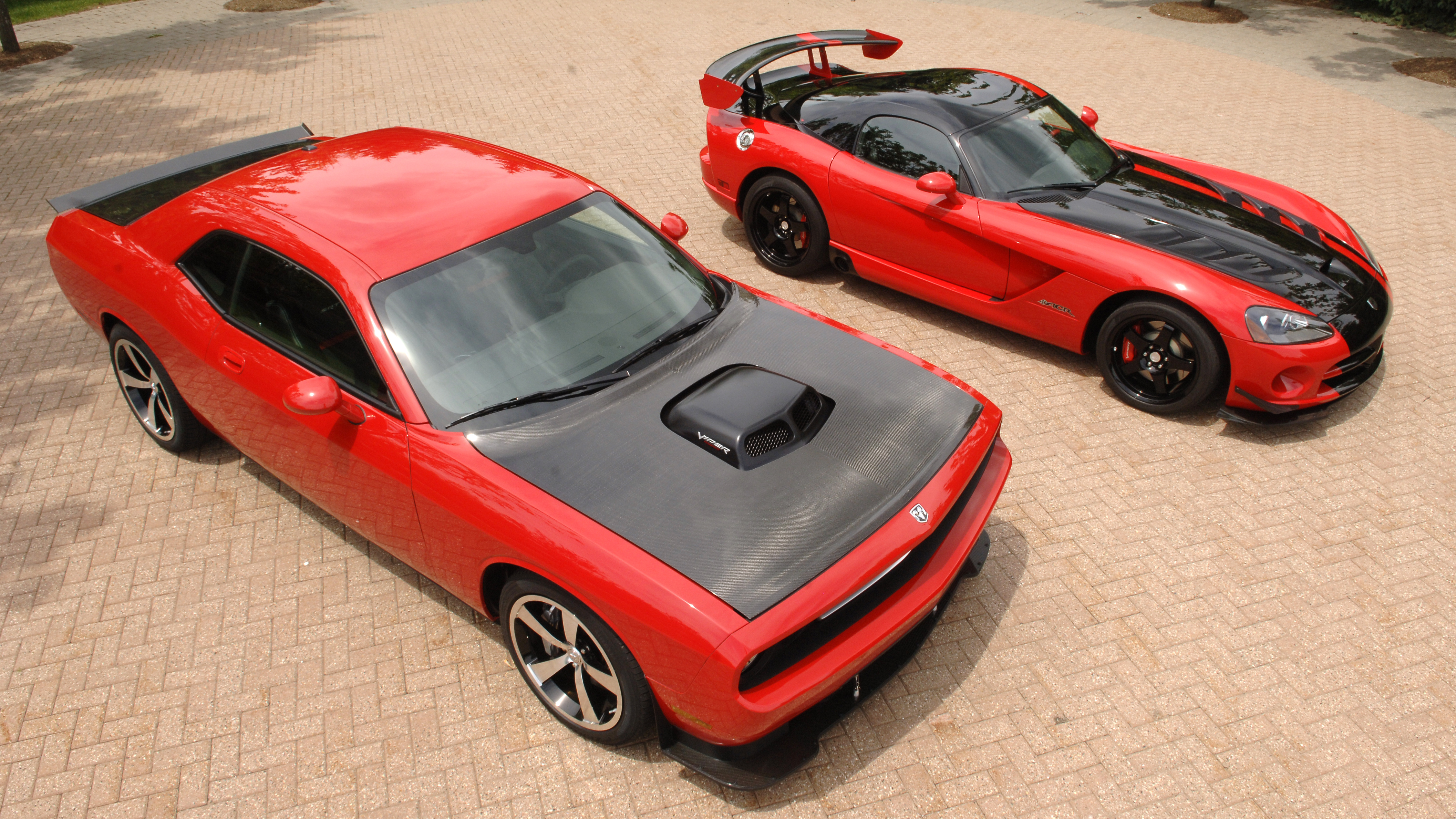
But the Challenger SRT-10 Concept was more than just a powertrain and suspension upgrade. The Product Design Studio added its unique touches to the concept, to make sure this didn’t look like an ordinary Challenger. To reduce weight and complement the vehicle’s appearance, a carbon-fiber hood and deck lid were added. Also, carbon-fiber aerodynamic treatments were developed to keep the car on track at high speeds. Using technology learned from the 2008 Dodge Viper ACR, a front splitter and rear spoiler were engineered to enhance the downforce and maintain overall vehicle balance.
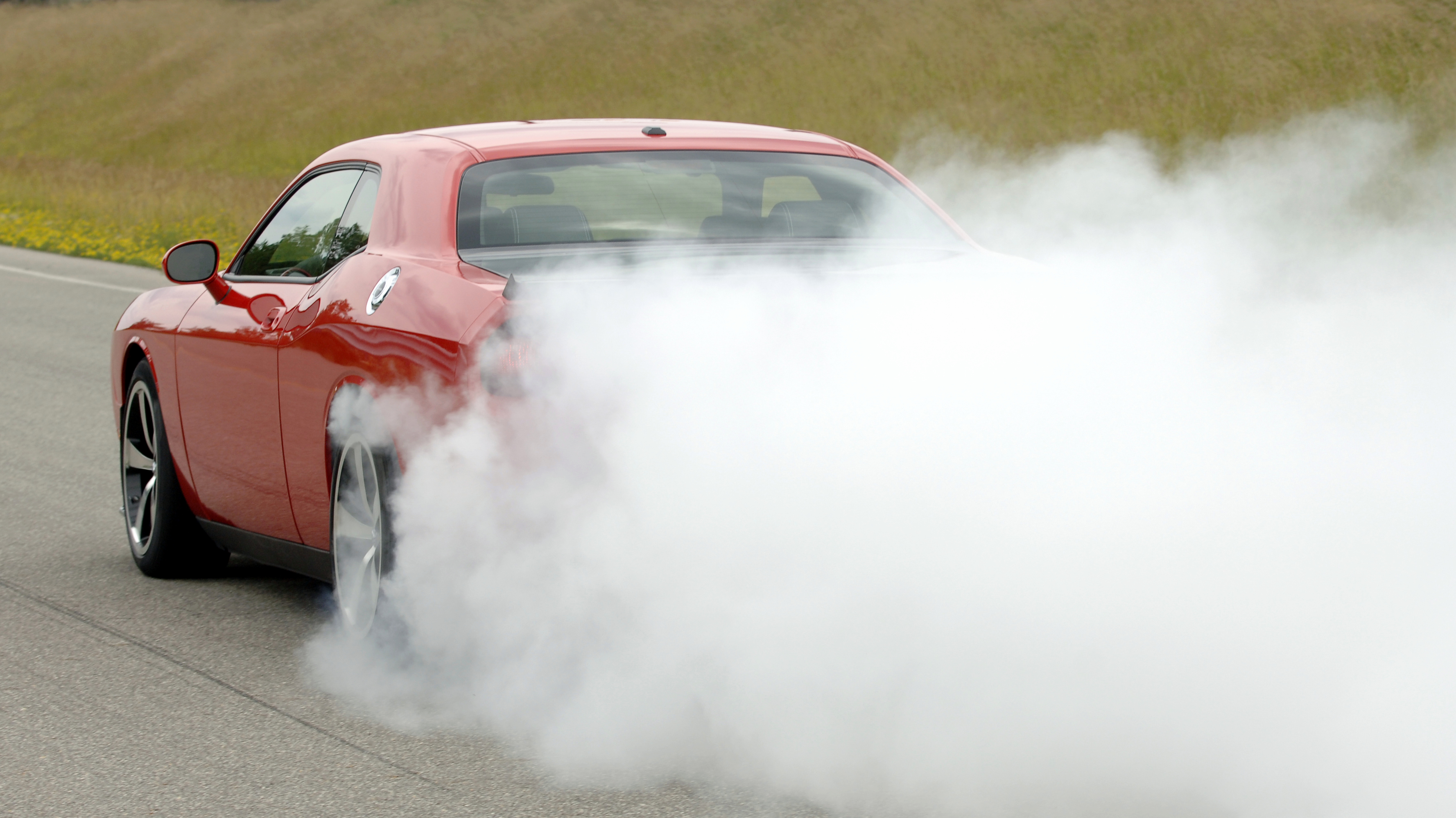
With the exterior finished off in an amazing “Tornado Red” paint, the design studio also gave the car a shaker-style hood. The Shaker intake system allowed the massive 8.4-liter Viper V10 to breathe and the driver an incredible view of the torque lean of the V10.
Inside, the race-inspired interior included leather seats with added bolstering and red-stripe stitched accents on the seats and steering wheel. Four-bomb gauges with a tachometer and 180-mph speedometer kept an eye on the engine’s vital signs. The Challenger SRT-10 Concept also featured carbon-fiber accents throughout the interior and of course, the Challenger SRT-10 inherited a red, dash-mounted, push-button starter from Dodge Viper.
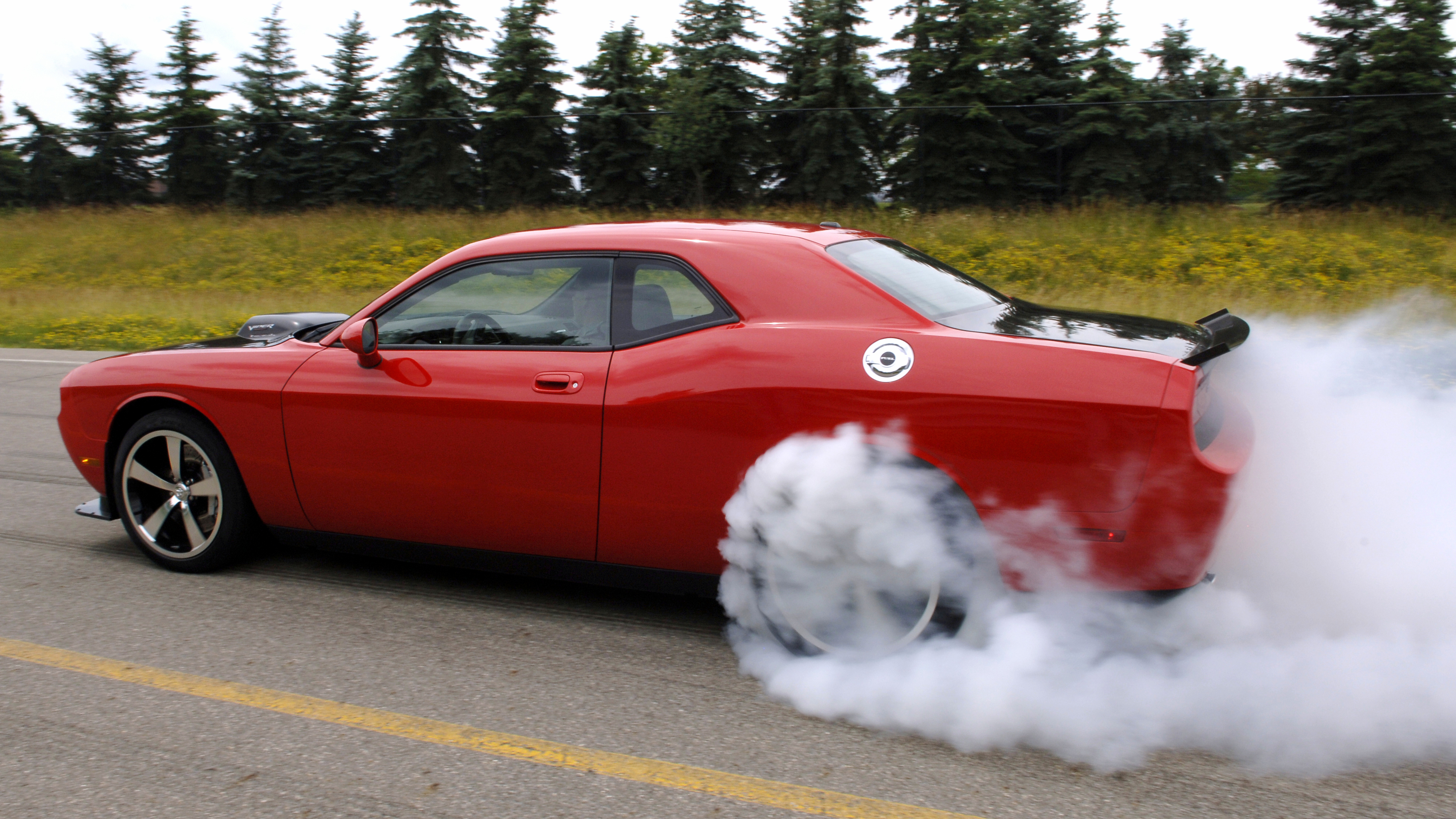
While at the time, the Challenger SRT-10 Concept seemed outrageous, it opened the door for the next generation of high horsepower HELLCAT performance vehicles. The car also showcased the abilities of potential that the Challenger architecture, besides being just a retro-modern muscle car.

